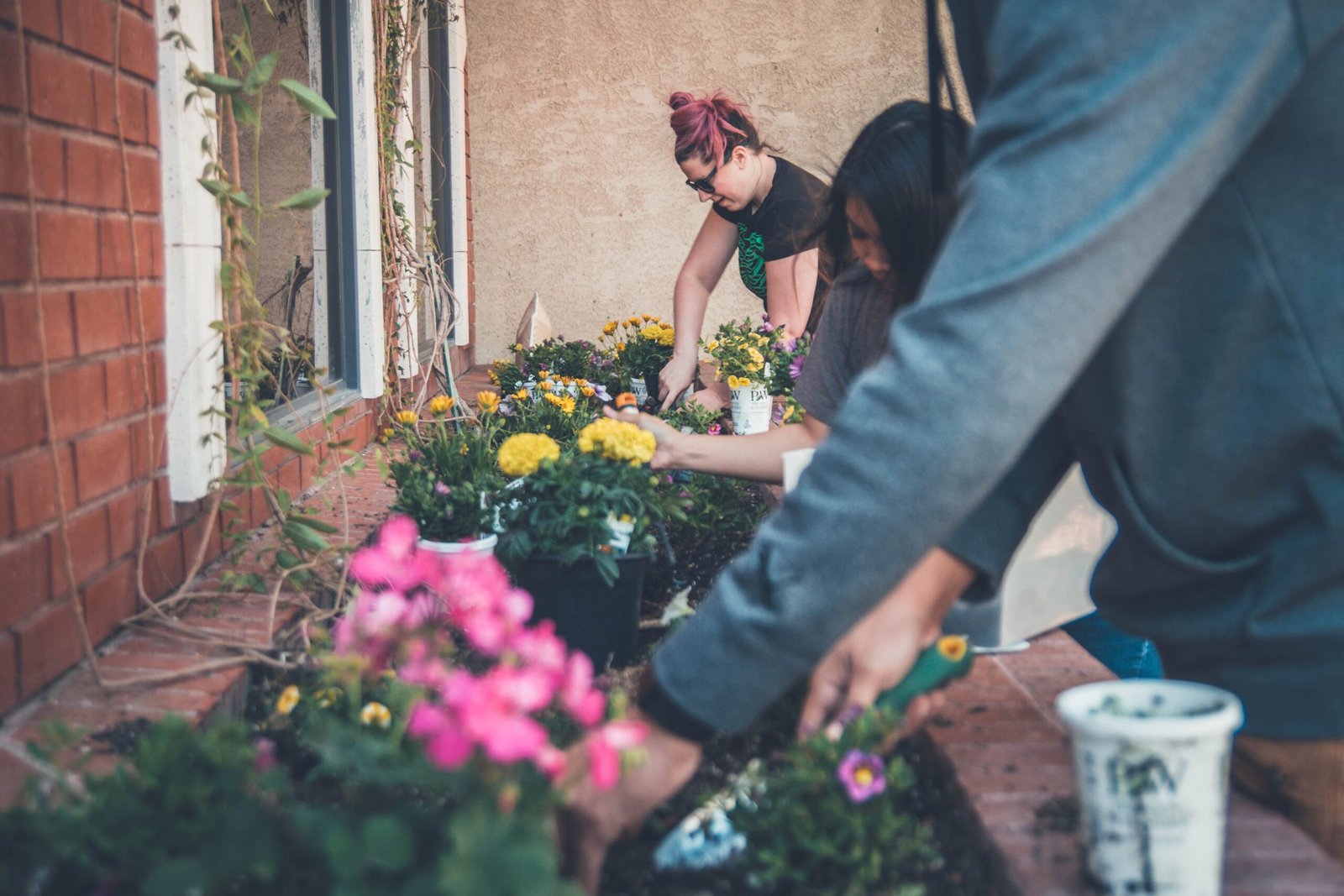The Power of Community Building in Social Media: Top 10 Strategies for Success
Introduction:
Did you know that social media platforms have become more than just a place to connect with friends and share updates? They have evolved into thriving online communities where like-minded individuals come together to engage, share, and support each other. In today’s digital age, building a strong social media community is essential for businesses and individuals alike. In this blog post, we will explore the importance of community in social media and discuss ten effective strategies to enhance user engagement and grow your online community.
1. Social Media Community Engagement
Social media community engagement refers to the active participation and interaction of community members on social platforms. It involves initiating conversations, responding to comments, and fostering meaningful connections. By engaging with your audience, you can build trust, establish credibility, and create a sense of belonging within your community.
Example: Encourage your followers to share their opinions or experiences related to your brand or industry. Respond to their comments promptly and show genuine interest in their contributions.
2. Building Online Communities
Building online communities requires a strategic approach to attract and retain members. Start by identifying your target audience and understanding their needs and interests. Create valuable and relevant content that resonates with your community, and establish clear guidelines to maintain a positive and inclusive environment.
Example: If you run a fitness brand, create a Facebook group where members can share workout tips, progress updates, and support each other’s fitness journeys.
3. Importance of Community in Social Media
Communities play a crucial role in social media by fostering brand loyalty, increasing brand awareness, and driving customer advocacy. A strong community can become a powerful marketing tool, as satisfied members are more likely to recommend your brand to their network.
Example: Apple’s online community, the Apple Support Communities, allows users to ask questions, share solutions, and connect with other Apple enthusiasts. This sense of community strengthens brand loyalty and encourages users to stay connected with the brand.
4. Community-Driven Social Media Strategies
Community-driven social media strategies involve actively involving your community in the decision-making process. Seek feedback, conduct polls or surveys, and incorporate user-generated content to make your community feel valued and empowered.
Example: A beauty brand can run a contest where users submit their makeup looks using the brand’s products. This not only encourages engagement but also showcases the creativity of community members.
5. Enhancing User Engagement on Social Platforms
User engagement is the key to a thriving social media community. Encourage your audience to participate by asking questions, hosting live sessions, or organizing interactive events. This not only boosts engagement but also helps you understand your community better.
Example: A travel blogger can host a live Q&A session on Instagram, where followers can ask questions about their favorite travel destinations or seek advice on planning their next trip.
6. Nurturing Social Media Communities
Nurturing your social media communities involves consistent and genuine interactions. Show appreciation for your community members by acknowledging their contributions, sharing their content, and celebrating their achievements. This fosters a sense of belonging and encourages community growth.
Example: A nonprofit organization can highlight the impact of its community members by featuring their stories on social media and expressing gratitude for their support.
7. Community Management Techniques
Effective community management is essential to ensure a positive and engaging environment. Monitor conversations, address conflicts or concerns promptly, and enforce community guidelines. By actively managing your community, you can create a safe space for members to connect and collaborate.
Example: A gaming community can appoint moderators to monitor discussions, moderate content, and resolve conflicts, ensuring a pleasant gaming experience for all members.
8. Growing Communities on Social Media
Growing your social media community requires a strategic approach. Collaborate with influencers or industry experts to expand your reach, leverage user-generated content to attract new members, and promote your community across different channels.
Example: A food brand can collaborate with popular food bloggers to create and share recipes using their products, attracting new followers and potential customers.
9. Social Media Networking and Communities
Social media networking involves actively connecting and collaborating with other individuals or businesses in your industry. By networking with like-minded individuals, you can expand your reach, gain insights, and establish mutually beneficial relationships.
Example: A fashion brand can collaborate with complementary brands or fashion influencers to host joint giveaways or share each other’s content, reaching a wider audience and strengthening their community.
10. Benefits of Strong Social Media Communities
A strong social media community offers numerous benefits, such as increased brand loyalty, higher customer retention, valuable feedback, and enhanced brand reputation. By investing in community building, you can create a loyal and engaged customer base that supports your brand’s growth.
Example: Airbnb’s online community, the Airbnb Community Center, allows hosts and guests to connect, share experiences, and provide feedback. This strong community fosters trust and encourages users to continue using the platform.
FAQs (Frequently Asked Questions)
Q: How can I measure the success of my social media community?
A: Key metrics to measure community success include engagement rate, active members, participation in discussions, and brand mentions.
Q: How can I handle negative comments or feedback within my community?
A: Address negative comments promptly, empathize with the concerns, and offer a solution privately if necessary. Transparency and open communication are key.
Q: Can I automate community management?
A: While automation can help streamline certain tasks, it is crucial to maintain a personal touch and genuine interactions with your community members.
Tips:
- Consistency is key: Regularly post valuable content and engage with your community members to maintain their interest and trust.
- Encourage user-generated content: Share and celebrate user-generated content to make your community feel valued and appreciated.
- Stay up-to-date with trends: Keep an eye on the latest social media trends and adapt your strategies accordingly to stay relevant and attract new members.
Conclusion:
Building a strong social media community is a powerful way to connect with your audience, foster brand loyalty, and drive business growth. By implementing the strategies discussed in this blog post, you can enhance user engagement, nurture your community, and reap the benefits of a thriving online community. Remember, the key lies in genuine interactions, valuable content, and a commitment to building meaningful connections.
Call to Action:
Join the conversation! Share your thoughts and experiences in the comments below and encourage others to join our vibrant social media community. Together, we can create a supportive and engaging space for all.









